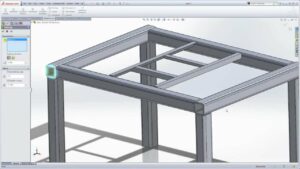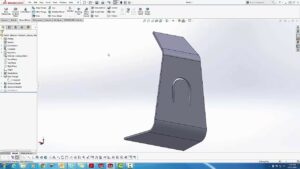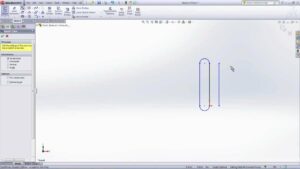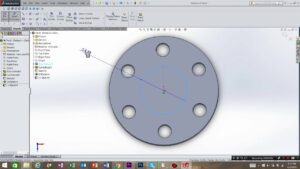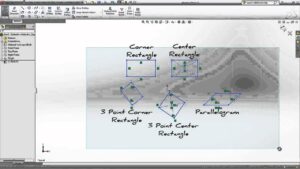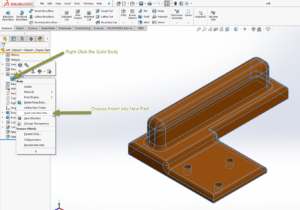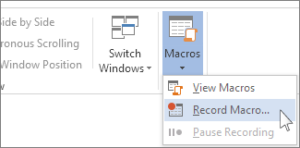Unlocking the Power of Weldments in SolidWorks: A Comprehensive Guide to Creating and Utilizing Weldments in Your Designs
SolidWorks, renowned for its versatility and robust feature set, offers a powerful suite of tools for designing and creating weldments....
 How to Receive International Payments Securely as a Freelancer
How to Receive International Payments Securely as a Freelancer  How to Write Professional Proposals That Get You Hired
How to Write Professional Proposals That Get You Hired  How to Manage Freelance Projects and Deadlines Effectively
How to Manage Freelance Projects and Deadlines Effectively  How to Set Up a Local Network for File Sharing Between Computers
How to Set Up a Local Network for File Sharing Between Computers  Understanding Cloud Computing: How to Store and Access Files Online
Understanding Cloud Computing: How to Store and Access Files Online 









